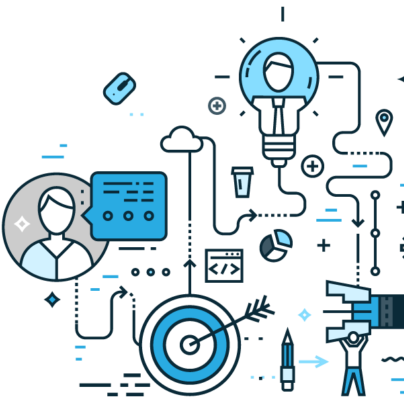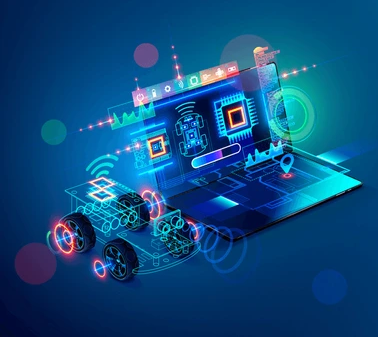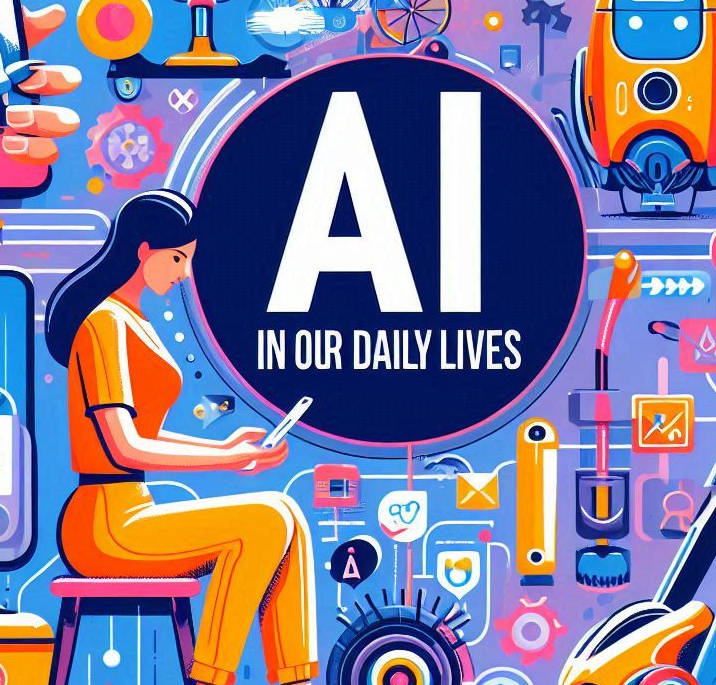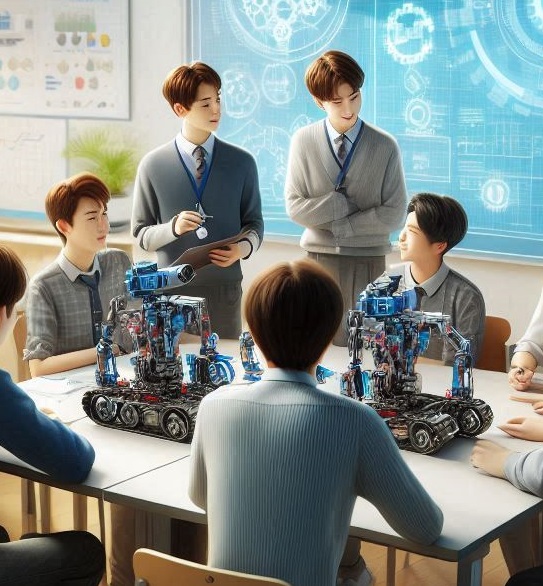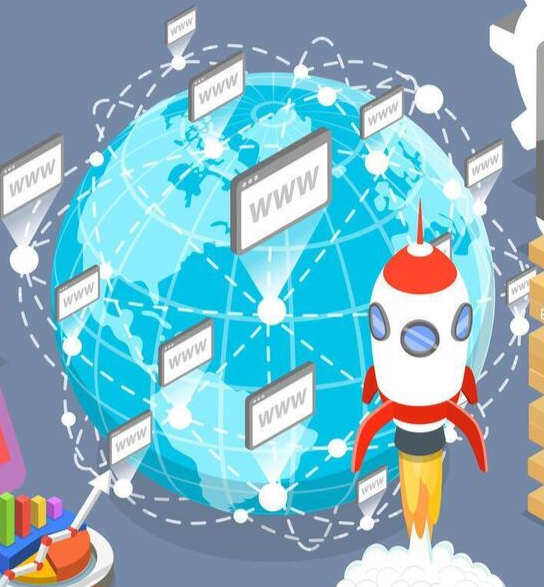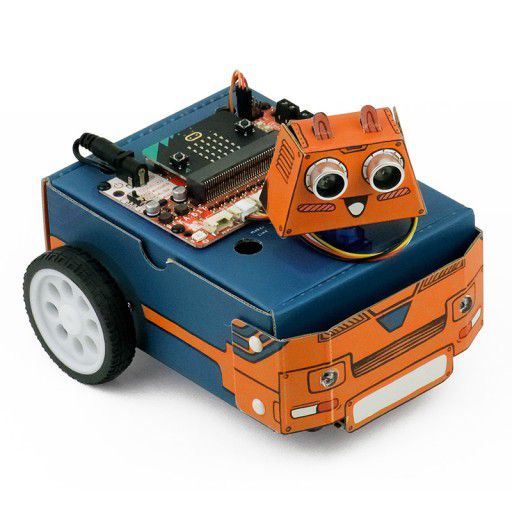
Shaping a Brighter Future with STEM Education
In a world driven by innovation and technology, the importance of STEM (Science, Technology, Engineering, and Mathematics) education has never been more evident. These fields underpin almost every aspect of modern life, from the smartphones in our pockets to the infrastructure of our cities. STEM education equips students not only with specialized knowledge but also with critical thinking, creativity, and problem-solving skills essential for navigating the complexities of the 21st century. Let's explore the multifaceted benefits of STEM education and how it is shaping a brighter future for individuals and society.
- Fostering Critical Thinking and Problem-Solving Skills
One of the primary advantages of STEM education is its emphasis on developing critical thinking and problem-solving abilities. STEM disciplines encourage students to analyze problems systematically, think logically, and devise innovative solutions. Whether through coding, engineering design, or scientific experimentation, students are continually challenged to think outside the box and approach real-world problems with a methodical mindset.
These skills extend far beyond the classroom. In everyday life, the ability to solve problems creatively and think critically is invaluable. Whether troubleshooting technical issues, managing finances, or understanding global challenges like climate change, STEM-educated individuals are better prepared to find solutions.
- Preparation for Future Jobs
As industries evolve, so does the demand for professionals with STEM skills. According to research, jobs in STEM fields are growing at a much faster rate than in non-STEM areas. Many of the most lucrative and secure careers today—such as software development, data science, biotechnology, and renewable energy—require a strong foundation in STEM.
By pursuing STEM education, students are positioning themselves for success in a competitive job market. Employers across industries are increasingly seeking candidates with skills in programming, data analysis, and engineering. Furthermore, with the rise of automation and artificial intelligence, STEM-related skills will be crucial in adapting to future workforce changes.
- Encouraging Innovation and Creativity
STEM education does more than just teach technical skills—it also promotes creativity and innovation. In science and engineering, the ability to experiment, test hypotheses, and design novel solutions is central to making progress. In technology and mathematics, creativity is key to developing new algorithms, systems, and applications that improve lives.
This creative aspect of STEM is particularly important in a world where innovation drives economic growth and social progress. STEM-educated individuals often go on to become the entrepreneurs, inventors, and pioneers who create transformative technologies and industries. By nurturing creativity alongside technical knowledge, STEM education cultivates the next generation of innovators.
- Promoting Collaboration and Communication
STEM fields are inherently collaborative. Projects often require teamwork, whether it’s engineers working together to design a bridge, scientists collaborating on a research study, or tech developers creating a new app. STEM education encourages students to work in teams, share ideas, and communicate effectively.
These interpersonal skills—collaboration, communication, and leadership—are essential in the modern workplace. STEM education helps students learn how to articulate complex ideas, present data-driven arguments, and collaborate across disciplines. These skills are transferable to any career and can significantly enhance personal and professional relationships.
- Building Resilience and Adaptability
STEM education teaches students resilience by pushing them to learn from failure. Whether it’s troubleshooting code that doesn’t work or refining a scientific experiment that yielded unexpected results, STEM students learn that failure is a natural part of the learning process. This builds mental toughness and adaptability—skills that are essential for navigating life’s inevitable challenges.
In a rapidly changing world, the ability to adapt to new situations, technologies, and information is crucial. STEM education fosters a growth mindset, where students understand that learning is a continuous journey and that they can improve through effort and perseverance.
- Bridging Gender and Racial Gaps in Education and Employment
STEM education plays a vital role in promoting diversity and inclusion in traditionally male-dominated fields. Efforts to encourage underrepresented groups—such as women, minorities, and individuals from disadvantaged backgrounds—to pursue STEM careers are growing. These initiatives aim to level the playing field and ensure that everyone has access to the opportunities STEM education provides.
By broadening access to STEM education, societies can tap into the talents of a more diverse workforce, driving innovation and bringing new perspectives to solve complex challenges. This inclusivity is critical in ensuring that the future of STEM is equitable and representative of the global population.
- Contributing to Global Problem-Solving
Many of the world’s most pressing issues—climate change, healthcare challenges, and resource management—require STEM-based solutions. STEM-educated individuals are at the forefront of addressing these challenges through research, technology, and innovation. Whether it's creating sustainable energy solutions, developing medical technologies, or improving agricultural practices, STEM professionals are essential in solving global problems.
Moreover, STEM education encourages a sense of responsibility toward these global issues. Students learn not only how to solve problems but also why these problems matter and how their solutions can positively impact society and the environment.
Conclusion
STEM education offers immense benefits, from equipping students with critical thinking and problem-solving skills to preparing them for future job opportunities. It fosters innovation, creativity, and collaboration, while also building resilience and adaptability. By broadening access to STEM education, we can ensure that the future workforce is diverse, inclusive, and capable of tackling the complex challenges of tomorrow.
As the world continues to evolve, STEM education will remain a driving force behind progress, empowering individuals to make a difference in their communities and the world. Investing in STEM education is not just an investment in individual success—it’s an investment in the future of society as a whole.


